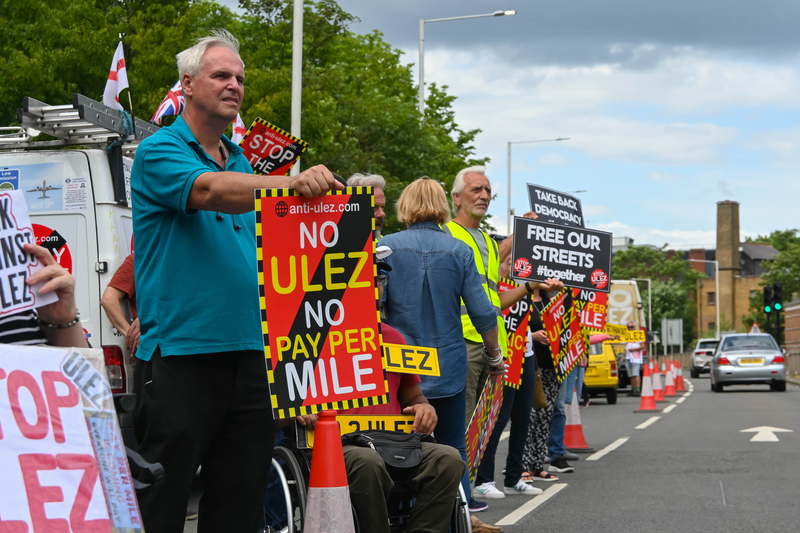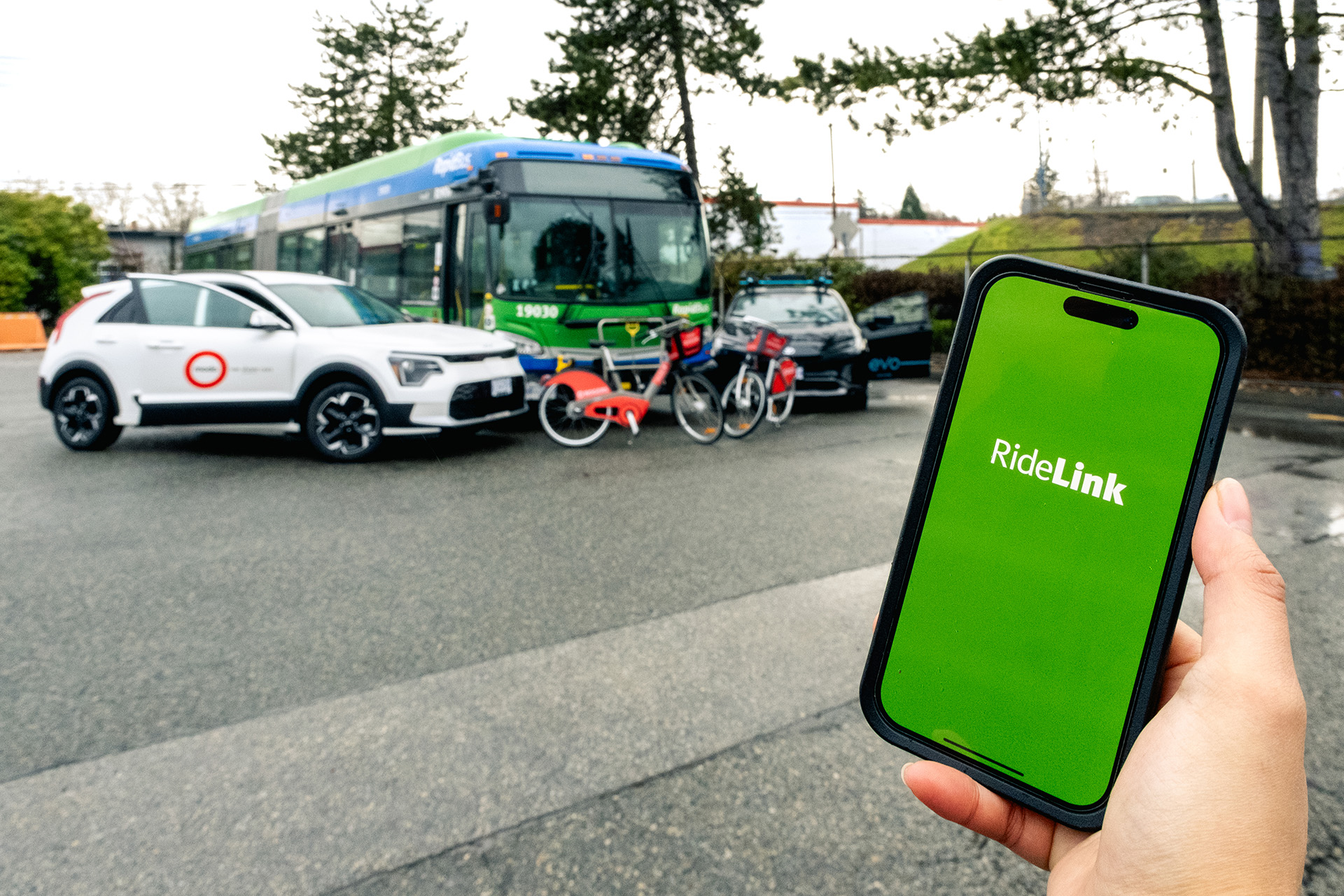
A chosen number of residents in Metro Vancouver, Canada, have embarked upon a year-long pilot programme for a proposed multimodal app called RideLink. If successful, it could be rolled out to different types of public transport and also further afield to nearby regions.
The RideLink mobile app is a partnered agreement between regional public transport authority TransLink, car share operatives Modo and Evo and bike-share operator Mobi (see the Who’s Who box). The app integrates transit, car-share and bike-share, putting all the travel options in one place.
The 12-month pilot runs to April 2025. It allows participants to use their reloadable fare card - Compass Card - for easy access to all the services. The pilot will test the app's functionality and user experience in Metro Vancouver, which already has one of North America’s highest riderships (see box, TransLink ridership stats).
Greater Vancouver occupies the south-west corner of mainland British Columbia (BC) province, with the majestic coastal mountains nearby. It takes in the lower reaches of the Fraser River and both banks of Burrard Inlet making the city both an industrial and pleasure craft seaport. It is also one of Canada’s fastest-growing cities.
Thirteen of the province's 30 most populous municipalities are located in Greater Vancouver, which covers nearly 2,900km². It is the most densely-populated region in BC - and growing quickly. The 2016 Canadian government census showed a population of around 2.47 million in Greater Vancouver, representing a 6.5% increase from the 2011 census. Meanwhile, data collected by Statista, a private global information company, suggested the population in 2022 was around 2.84 million.
The result is tremendous pressure on transport infrastructure and public transportation.
Unlike many large North American cities, Vancouver has no freeways into or through the downtown area. The automobile remains the primary mode of transport, which means traffic congestion is monumental at times.
One alternative to the private vehicle is the SkyTrain system, one of the longest fully-automated light-metro systems in the world. There is also an increasing number of purpose-built bicycle paths. The SeaBus is a passenger-only ferry connecting downtown Vancouver and the City of North Vancouver across Burrard Inlet. TransLink also operates a commuter railway, the West Coast Express.
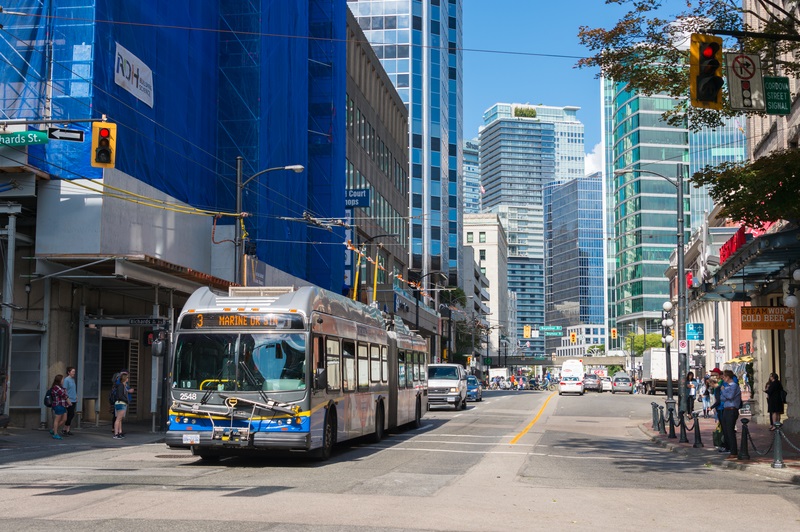
Fast forward
But, compared to many cities on the continent, Vancouver came late to developing ride-sharing services. Uber and Lyft began operating only in January 2020. But fast forward only four years and the city is apparently making up for a somewhat slow start towards a more integrated public transport system.
That is not to say that Vancouver is coming late to the idea, explains Julia Balsillie, project manager and lead for the RideLink project. In fact, the move started in 2017. Translink was determined to get the right mobility partners on board and also to have the back-office functions ready for such a project to eliminate as many technical issues as possible before a pilot. “We have done a great job of making sure that we are starting only when the technology is ready to go,” she says.
Balsillie has been at TransLink for five years and is a senior member of the New Mobility and Innovation team. Previously, she contributed to the successful roll-out of RapidBus projects as part of the Bus Priority Programmes team.
“The idea [for RideLink] was discussed extensively at TransLink’s first New Mobility Forum in 2017,” she explains. “It was identified by all parties present – industry, government, academics – as a top priority that we should collectively pursue. The following year the plan took shape through a partnership with Modo, Evo and Mobi to provide a shared mobility option to businesses for their employees’ work travel.”
The first phase of the pilot, in 2018, sought to test technical service integration between the partners, such as account management and customer support using the existing Compass Card as a centralised access token. The first phase also examined how this product line would impact mode choice and travel experiences in Metro Vancouver. “Based on the success of the first pilot, partners determined they would like to expand into a customer-facing pilot supported by an app,” says Balsillie, who joined the project after it had started.
“To keep the customer-facing pilot project to a manageable scope and scale, TransLink continued working with the original partners. However, there are many other mobility service providers with which we would like to explore the opportunity of working. Should the pilot project be successful, we’ll explore these opportunities.”
Ultimately, the aspiration is that the travelling public can register for any transportation service in the region and then plan, book and pay for trips using any of those services via a single user-friendly app. “The goal here is to help make it as attractive and convenient as possible to get around using a combination of active and shared modes as it would be with a personal car. This would be accomplished by removing some of the friction currently involved in planning and making trips across multiple service providers.”
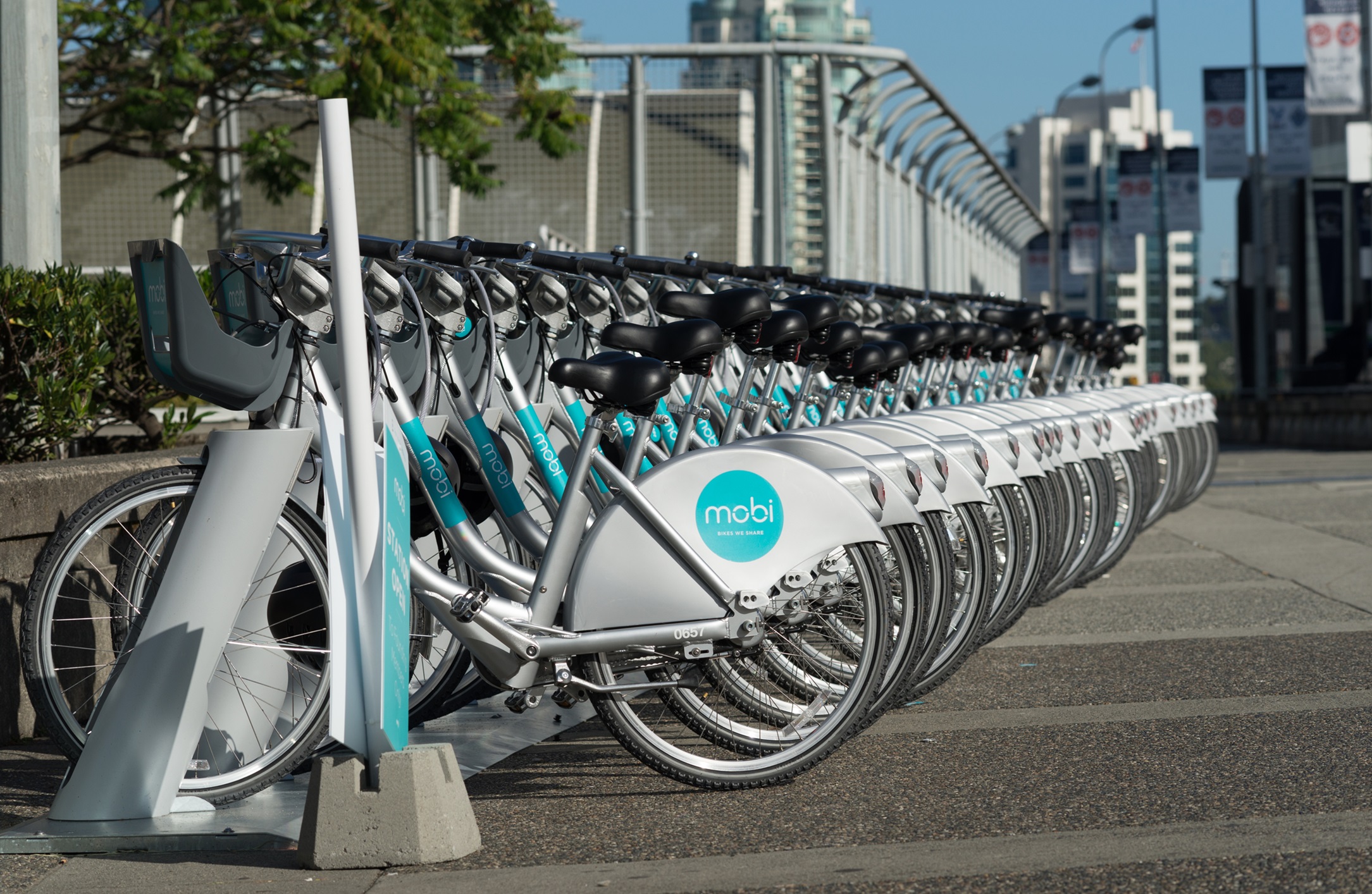
True benefit
Sandra Phillips, CEO and founder of shared transportation provider Movmi, told ITS International: “When people choose transportation options, 50% of their decision making is based on how reliable a mode is. Having a fragmented ecosystem of alternative options isn’t really conducive to this need. By registering in the app once, customers gain access to 250 local bus routes, the SkyTrain and SeaBus network as well as 3,500 car-share vehicles and 2,000 shared bikes. Being able to plan all the modes through one app, removes the fragmentation and shows how truly reliable the network is. And that is the true benefit of RideLink in my opinion."
The number of users of the app has been limited to around 1,300, but many more would happily have taken part, explains Balsillie. A request for participation was sent out to around people who were already using the services of the RideLink partners and more than 5,000 people registered their interest.
“We thought that 5,000 responses was a good indication of what customers might want and all we did was put out our media releases, post it to social media and out partners pushed it out their customers. There was no big digital advertisement looking for participants.”
The potential candidates – over 19 years old and possessing a credit card and smartphone - were then surveyed to get a cross-section of people who were sometime-users of public transport, while others were mostly car users and yet others were committed commuters on public transport.
“I want a mix of real life,” says Balsillie, who will also be using the RideLink app. “I’ve used various trip planers, or various part solutions, such as Google, that tell you what you can do. I’ve not used anything that allows you to book and pay for your travel in a single place.”
RideLink stores a Compass Card along with a credit card for payment. For TransLink trips, the Compass Card will be the payment method. For all other trips, the participant’s credit card will be charged for each journey.
“There are many other mobility service providers with which we would like to explore the opportunity of working” Julia Balsillie, RideLink
TransLink is not handling the payments for the various partners, which makes the process seamless. “Each transaction, other than transit trips, is handled by a third-party payment orchestrator which we have contracted to provide this service, which ensures all transactions are directed to the appropriate partner,” explains Balsillie.
For this current, customer-facing pilot, collaboration among the partners will be key. “TransLink is covering most hard costs in terms of software and administration, while each partner is contributing staff time in-kind to the project. All partners will be paid for the trips they provided based on their own fee structure – no revenue- or profit-sharing is contemplated at this point.”
The Compass system already allows for open payment on transit, including Interac, Visa, MasterCard and Amex to tap in and out of the transit system at the adult cash rate – but discounted fare rates require use of the Compass Card. Currently, RideLink accepts both Visa and Mastercard as payments. Additional payment methods will be considered in the future.
The pilot will be evaluated using a number of different key performance indicators. These include average number of trips before and during the pilot, percentage of people who tried a new mode during the pilot, percentage of people who replaced a personal vehicle by another mode, a customer satisfaction rating and net promoter score - a metric used in customer experience programmes and based on a single question: how likely is it that you would recommend the service to a friend or colleague?
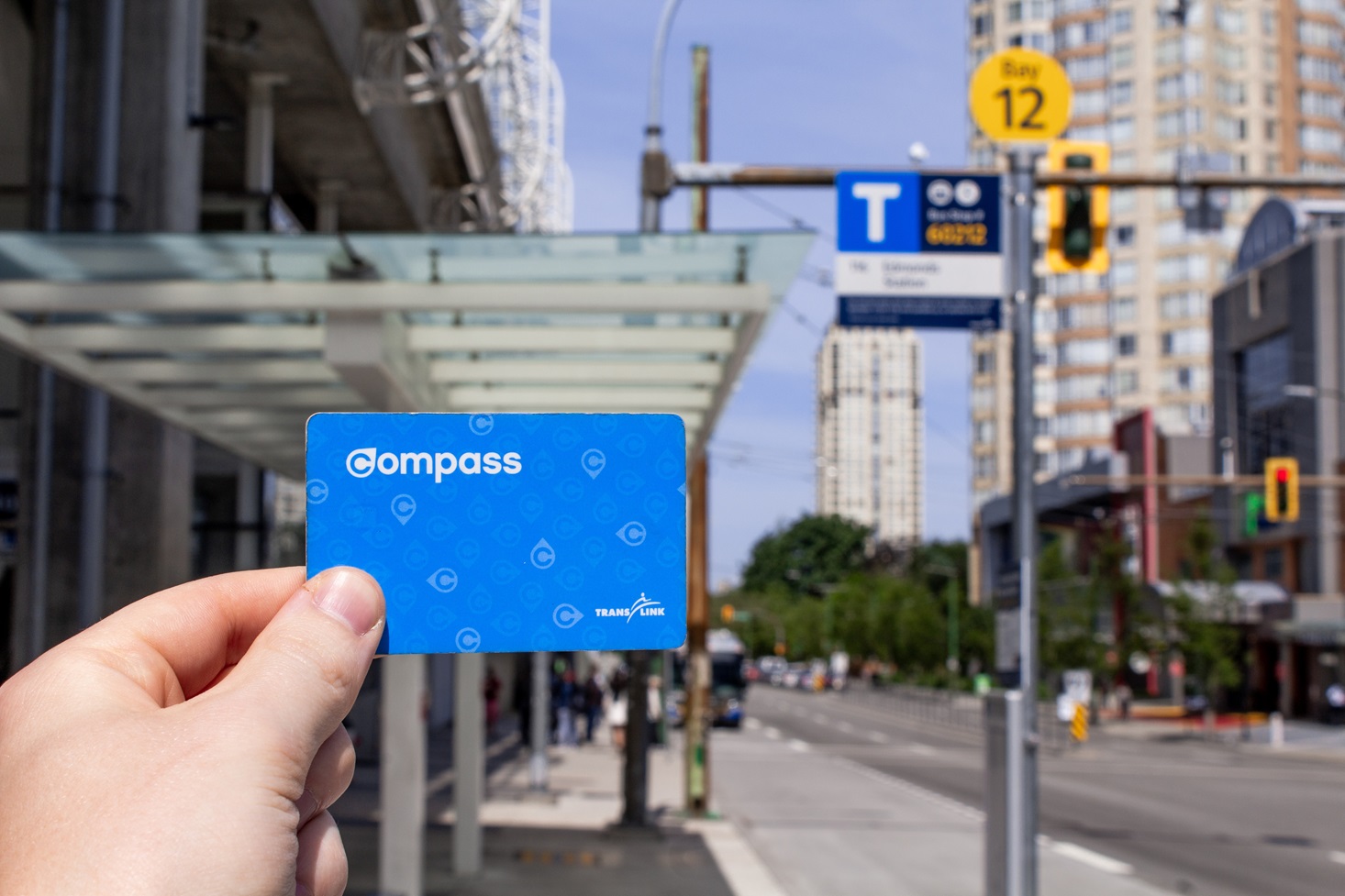
The future
Even if the pilot is successful, a solid business case will still need to be established before any scaling up is done. Key reasons for not scaling up could include a lack of participant satisfaction and use of the app, little in the way of behaviour change or travel plan changes and costs incurred to both participants as well as Translink and its partners. Also, risks or liabilities identified through the business case for such a Mobility as a Service (MaaS) solution might outweigh expected benefits.
It could also be that TransLink determines that its role in the MaaS ecosystem does not include building, maintaining and operating a MaaS app. Rather, it should focus only on helping to create the enabling policy and technology environment.
At the end of the day, TransLink does not intend for RideLink to be the only such offering. TransLink’s primary interest, as the regional transportation authority for Metro Vancouver, is to create supportive policy and enabling infrastructure so that trip planning, booking and payment APIs for all mobility service providers in this region are available to any third-party MaaS app interested in operating here. Some of these apps will be from global players and others may be locally or provincially focused similar to RideLink.
Balsillie also stresses that the key for developing the app has really been the good partnership between Translink and the mobility providers.
Scaling up a RideLink app will present many different challenges for the mobility partners, including TransLink, she notes. What will it mean for her current small team? Will TransLink have the right people and skills? “For us to move this to scale will be a big leap, to make sure we are well set up.”
Nonetheless, the pilot is an opportunity to help do some of the initial heavy lifting, build some of the enabling infrastructure, as well as to test the value of such an offering to the public.
-------------------------------------------------------------------
Who’s who 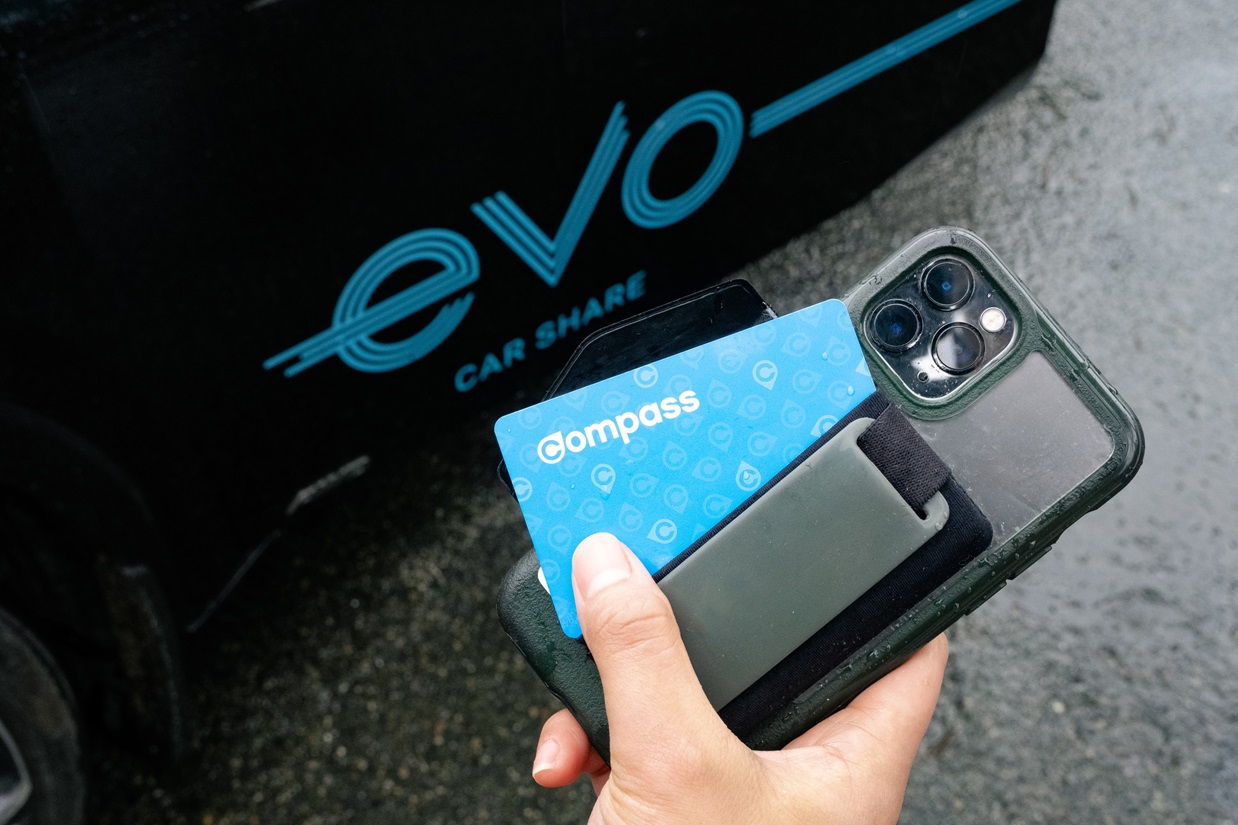
TransLink was created in 1998 as the Greater Vancouver Transportation Authority, which became the South Coast British Columbia Transportation Authority. It is responsible for the regional transportation network of Metro Vancouver, including public transport, major roads and bridges.
Mobi is the trade name of Vancouver Bike Share system and is administered by the city and owned and operated by CycleHop - a bicycle sharing platform and mobility company that operates bike share systems in 15 cities in North America.
Modo is a member-owned car-share operator based in the Canadian province of British Columbia and was the first car-share co-op in North America. Modo amalgamated with the Victoria Carshare Co-op in 2015. As of last year, Modo had more than 30,000 individual and business members and a fleet of around 1,000 vehicles.
Evo, a car-share service in Greater Vancouver and Victoria, was created by the not-for-profit British Columbia Automobile Association. BCAA offers exclusively Toyota Prius Hybrid vehicles with roof-top bike racks and features one-way point-to-point rentals.
----------------------------------------------------------------------------
TransLink Ridership Stats
Each week, according to TransLink, about 900,000 people take Metro Vancouver transit - the equivalent of one-third of the population. For the week of March 11-17 this year, there were nearly eight million boardings across the transit system. Overall, ridership has recovered to around 90% of pre-pandemic levels. In fact, many parts of the region have exceeded 100% recovery. SkyTrain is now the fourth busiest rapid transit system in Canada and the US, behind only New York, Toronto and Montreal. Meanwhile, bus ridership is the third highest of all transit operators in Canada and the US.







